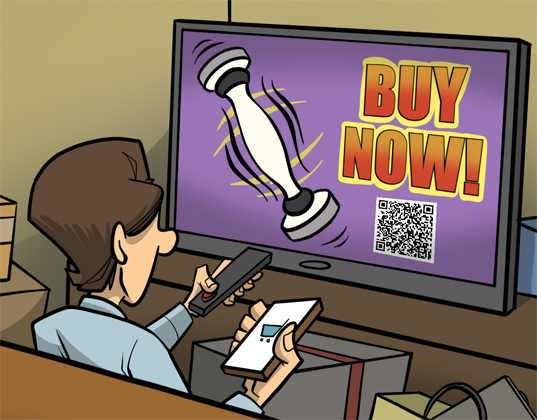Starbucks is one of a number of quick service restaurants trying to elbow its way into the lucrative market this summer for healthful smoothie drinks.
The company is already suffering under a weakened economy and is planning to close 600 locations, although caffeine-infused bloggers and others are protesting the closings.
That’s why it is trying to spark interest with free samples of its new fruit smoothies, part of the Vivanno Nourishing Blends line, in-store and at area events.
“Companies have to keep enough choice available for guests so they continue to find them intriguing and interesting,” says Patricia Dailey, editorial director of Restaurants & Institutions.
The drinks are made with fresh fruit, juice and other ingredients such as milk, yogurt or sherbet. Sales of made-to-order smoothies, like those sold at Starbucks and stores that specialize in juice and fruit drinks, are expected to rise to more than $2.5 billion this year, up from $989 million in 2002. By 2012, the market could soar to $3.8 billion, according to a recent study from market research company Mintel.
“There’s a general rule that Americans are thinking much more about having healthy items,” Dailey says. “It’s a good time for smoothies.”
Taco Bell is another quick service restaurant moving into the smoothie business. It rolled out its first two flavors this spring, offering coupons for a free smoothie with any purchase. McDonald’s is also testing the beverages in a handful of markets.
“For us, it’s really about continuing to build our existing beverage platform,” McDonald’s spokesperson Danya Proud says. “We’re looking to provide our customers with more choices.”
As more people explore good-for-you beverage options, smoothie adoption will increase, says Garima Goel Lal, senior consumer analyst for Mintel International Group. Just 18% of people buy the made-to-order beverages, compared to 87% of those who drink flavor-carbonated beverages, Mintel’s survey found.
Fast food chains “don’t want to be left behind in catching on to this trend,” Goel Lal says.
Even so, barriers exist for widespread adoption. Some drinks are high in sugar and fat content, and product choice can be limited. And then there’s the cost. Some 36% of people said they didn’t drink a smoothie within the last month because it was too expensive, the Mintel survey found.
“Price is one of the biggest reasons why people don’t drink smoothies,” Goel Lal says.
At Starbucks, the drink is a permanent menu item and comes in two flavors selling for $3.75 to $3.95 in the U.S. A second yogurt-based beverage, Sorbetto, debuted last month in some California Starbucks and was supported by print and radio ads.
“Customers told us they’re looking for overall well being in their lives and healthier food and beverage choices,” Jenny McCabe, a Starbucks spokesperson, says.
The increased competition is leading some of the established smoothie makers, like Jamba Juice, to step up marketing. It is running its own price promotions and incentives to spread the word that not all smoothies are the same, including on price.
The company launched its All Fruit Smoothie, available through September, for $2.95. Last month on its Web site and through e-mails, it offered buy-one-, get-one-free coupons. What’s more, the firm is running a loyalty card program through Sept. 21 to encourage frequent visits. People who buy six smoothies will receive the seventh free.
Smoothies are also sold at grocery and convenience stores. Ready-to-eat smoothie sales have increased 139% since 2002 and could hit $4 billion by 2012, Mintel found. Jamba Juice, which has stores in 23 states, is expanding its reach through a partnership with Nestlé USA to produce ready-to-drink smoothies. It also sells fresh squeezed and pressed juices.
“A lot of coffee and hamburger restaurants are jumping on the bandwagon, and not all of them are doing a good job from a product integrity standpoint,” says Paul Coletta, Jamba Juice’s senior vice president of brand development. “Our marketing needs to get more aggressive at pointing out the product difference we have over the competition.”


 Network
Network

